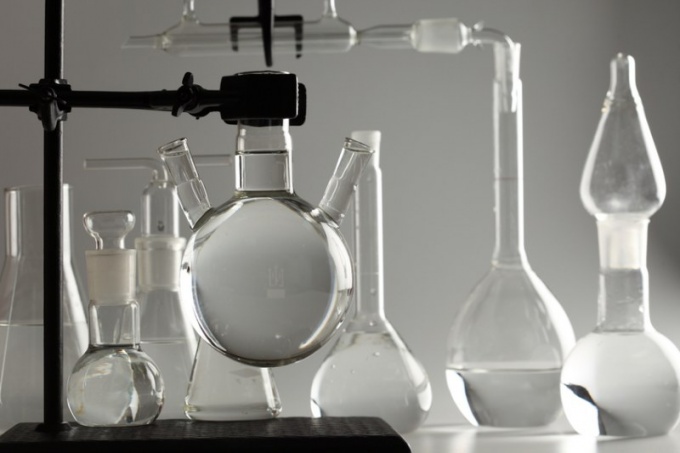Instruction
1
The main role in the formation of chemical linkages valence electrons, which are least strongly associated with the nucleus. The so-called unpaired electrons located on the outer shell of the atom. It is therefore important to imagine the electronic configuration of the considered element.
2
Electronic configuration of noble gases have the most resistance. For this reason, noble gases under normal conditions are chemically inert and do not react with other elements. Atoms of other elements tend to acquire the same stable shell with the formation of ties.
3
So, the valence is the ability of an atom to form a certain number of covalent bonds with other atoms. It is expressed as a small integer. The number of chemical bonds – a measure of valence.
4
To determine valence, we need to understand what is the outer electron shell of the atom how many unpaired electrons it has. In the ground and excited state of the atom the valence may be different.
5
In most cases, the higher the valence of the element is equal to the group number in the periodic table in which the element is located. But this rule has exceptions. For example, he did not obey the elements of the second period, nitrogen, oxygen and fluorine.
6
So, the higher the valence of phosphorus is +5. Nitrogen is in the same group, but he cannot be a valence greater 4. The outer electron shell of nitrogen has three unpaired electrons, so the compounds with hydrogen nitrogen is trivalent: thus, there is ammonia NH3. Thus between nitrogen and hydrogen may form a fourth covalent bond, but at the donor-acceptor mechanism and not at the exchange. This forms the ammonium ion, NH4+.
7
Atoms of beryllium, boron and carbon have a variable valence. This is because electrons are able to steam within the same energy level. The energy spent on steaming electrons, more than kompensiruet energy of formation of additional bonds.
8
C, if you look at its electronic configuration that is bivalent. But the true valence of carbon is +4. One electron from 2s orbital jumps to the 2p free-cell, and now the carbon is able to form not two, but four. Tetravalent carbon is the basis of organic chemistry.



